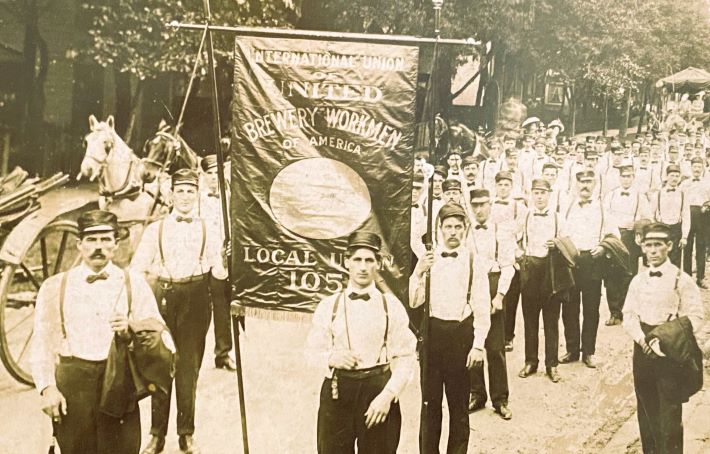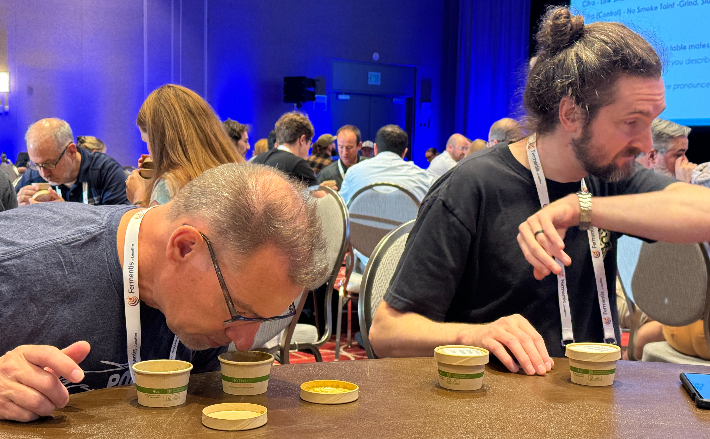Thursday, Alan McLeod quoted Boak & Bailey (first paragraph) and then added his own thoughts, as is his habit.
B&B: The news of the return of the Great British Beer Festival did somewhat gladden our hearts, even though we don’t really like beer festivals, and haven’t always had a great time at GBBF. It just felt as if something was missing from the calendar this year when it didn’t happen. All the old problems will no doubt still apply, however: how do you make a big, drafty conference centre feel anything like as pleasant as a pub?
AM: Somehow I don’t believe they were thinking of “Lucha Libre Mexican Wrestling and Mechanical Bull Riding” as the solution to that conundrum. Yee. Haw. We shall wait on reports from these events before issuing our final condemnations… err… thoughts.
Not many hours later, Daria and I were at the Great American Beer Festival. We walked by the wrestling, but did not stop. We never saw the bull riding. If you were looking for a specific brewery, the layout was at times confusing. But I liked that the “Fright” area was dimly (very dimly) lit, that the National Black Brewers Association area was much more prominently placed than last year, and the proximity of “Meet the Brewer” to Homebrew Headquarters.
So I thought, maybe they should rebrand the event as the Great American Beer Experience. Looking back at what Boak and/or Bailey wrote, I did not think, maybe even include a pub experience into the festival. That would be foolish. Instead, I considered that one beer experience does not fit all, and I happen to have photos from the weeks since I last posted anything other than an out of office message here.

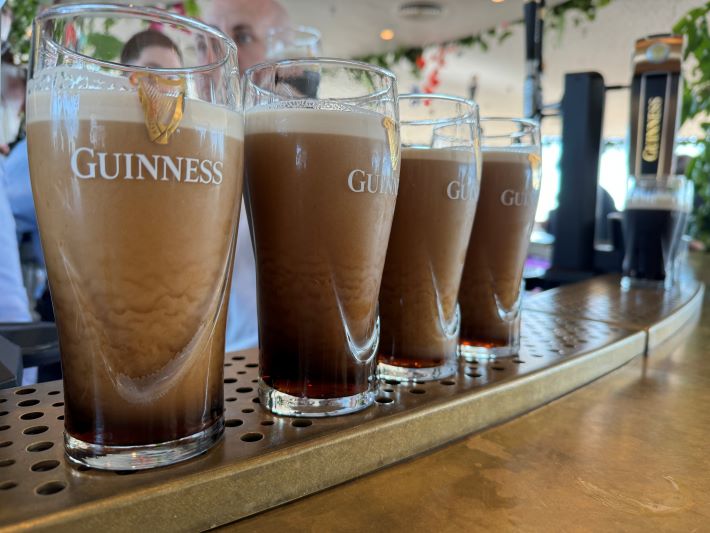
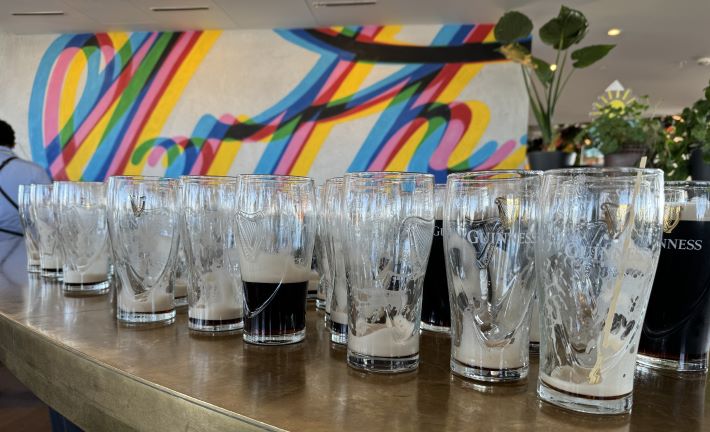
The basic “Guinness Experience” (there are add-ons) rises through seven floors, finishing with a pint at the top, which offers a 360-degree view of the massive brewery and the surrounding neighborhood.

Some patrons at Helen’s Bar on the Beara Peninsula arrived and left by boat. We came and left by bike, and Guinness Zero seemed like the best option.
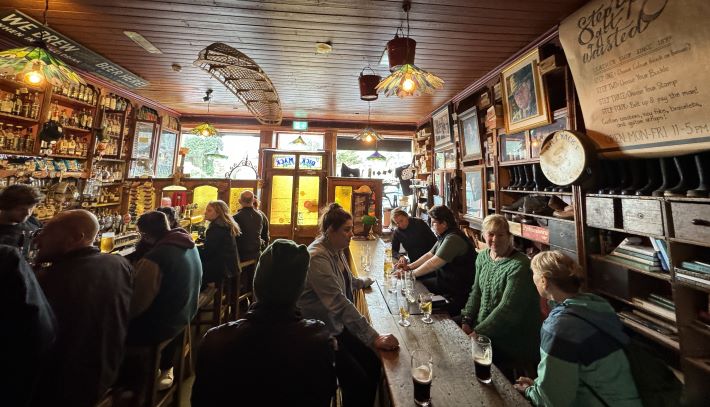
Several pubs in Dingle serve more than beer. We particularly enjoyed Foxy John’s Pub & Hardware store, which also rents bikes. This photo is from Dick Mack’s Brewery & Pub, which also sells leather goods.
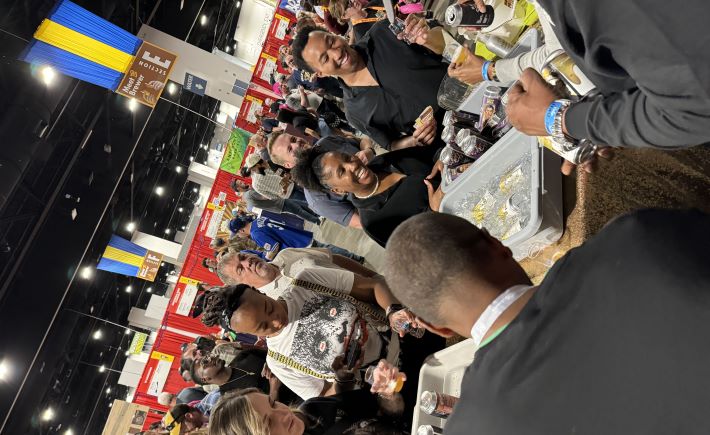
A sideways few of brewers in the National Black Brewers Association area. Nine breweries were serving beer. A tenth black-owned brewery, Tapped 33, poured beer in the Meet the Brewer area.
YOU MIGHT ALSO ENJOY
– Because you might have realized there are still stories like this. Why beer is still changing and interesting. The kicker: “All that said, (Sarah) Real says she tries to keep brewing interesting for her across the board. ‘[It is about] where can I cross over [with my creations], or how can I say, ‘All right, I like what’s happening here. Should I tinker with it?’ Because I can absolutely tinker with a recipe forever. But I will also be like, ‘You know what? People like this one [as it is] or they like that one. Good. Let me start working on something else.’”
– “It is really the people here.” Why it makes sense for a brewery pub to close rather than pass into the hands of a new owner.
– Real ale as folk horror. “Beer loosens inhibitions. Beer puts people in touch with their animal instincts. Beer is magic.”
– 40 Years in Beer (Book II), Part 63. “Arguably the most famous state fair competition entry did not win a medal. It came from FOSSILS co-founder Barrie Ottersbach and was called ‘Smoked Spruce Ale,’ although some of the judges thought they detected Mr. Clean.”
– Un-diversifying. Tilray, the company which has been scooping up breweries that AB InBev and MillerCoors grew bored with, is planning to reduce the number of beers those breweries make. “We’re looking at how to take complexity out of our business.”
– What might Marcus Baskerville be up to? “An elevated bar and lounge experience with affordable cocktails and craft brews,”
* Should you wonder, the question in the title is a reference to a Todd Snyder song.

